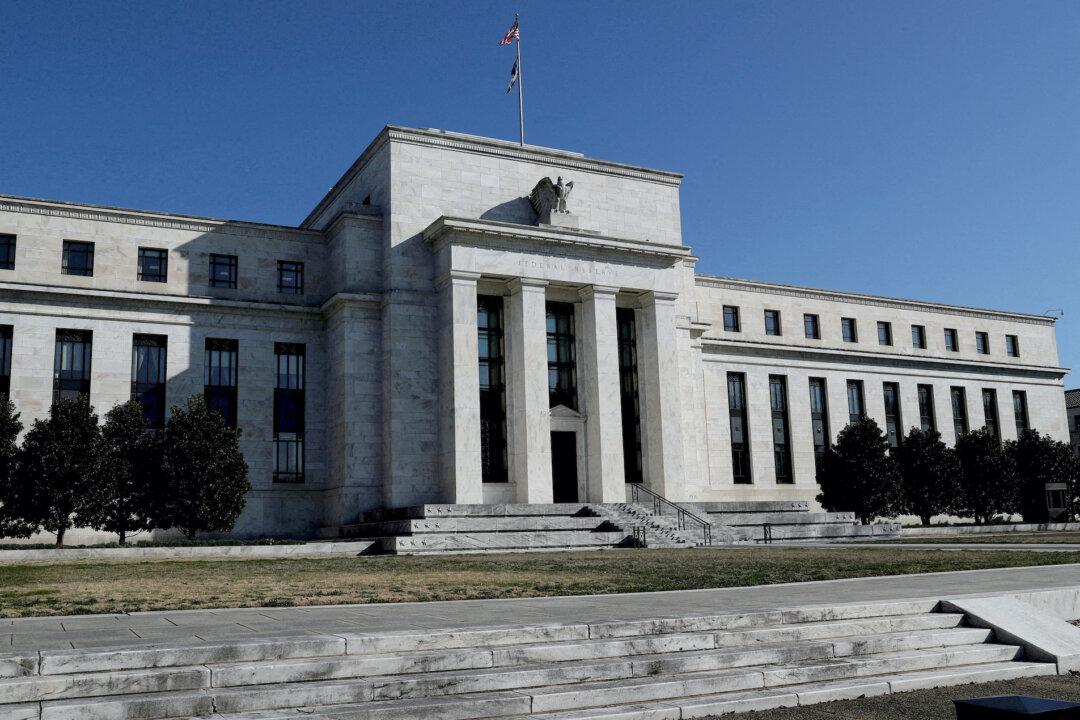News Analysis
All financial eyes will be on next week’s policy meeting of the Federal Open Market Committee (FOMC). The futures market is penciling in a quarter-point increase to the benchmark federal funds rate. But while all the focus among economists, investors, and market analysts is on interest rates, what about the Federal Reserve’s massive balance sheet?





